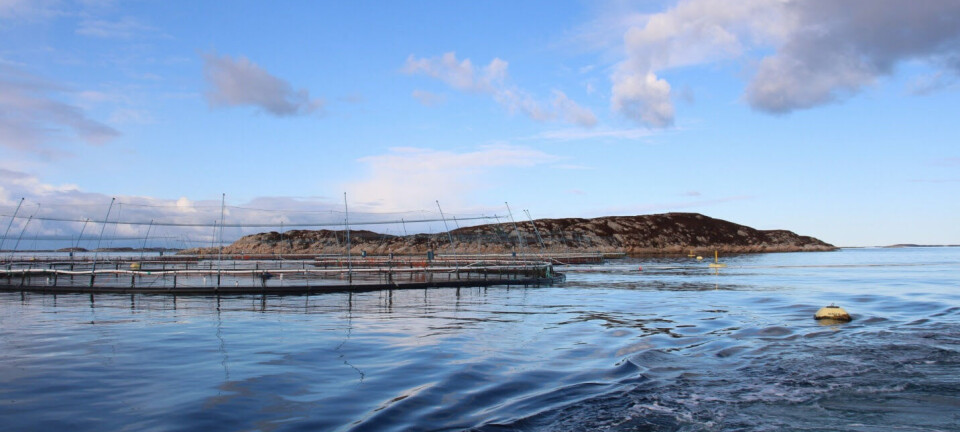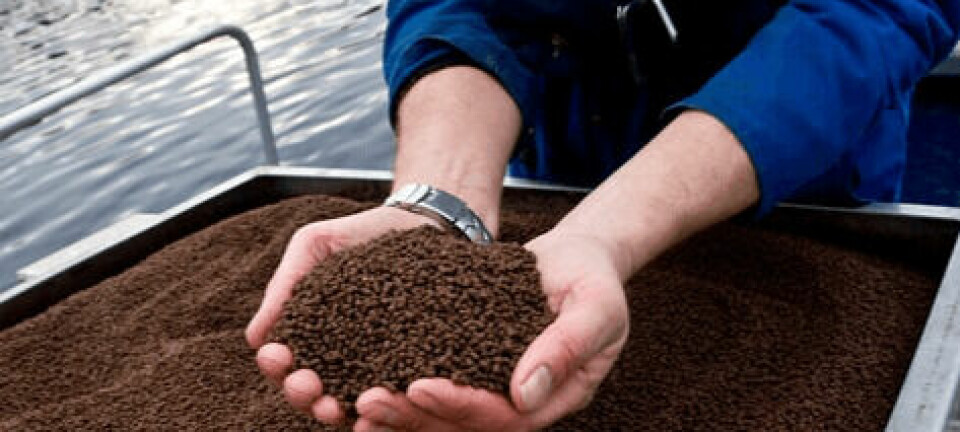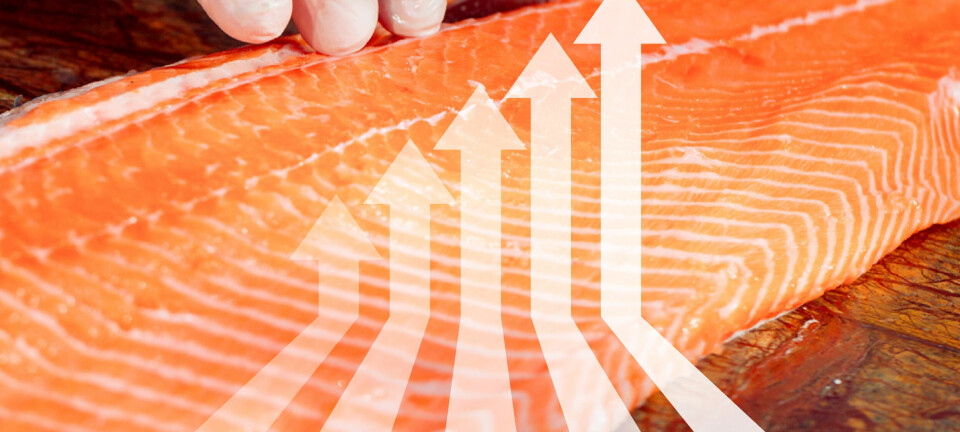
Europe looking a better bet than US and China for sales in H2
Affordability and shifting trade dynamics are reshaping global seafood markets in 2025, as inflation and tariffs pressure consumer choices and supply chains, according to a report from aquaculture lender and market analyst Rabobank.
In the United States, high import tariffs may exacerbate inflation-driven affordability concerns, prompting consumers to opt for cheaper protein alternatives in price-sensitive retail segments.
Meanwhile, China’s seafood demand is expected to see modest improvement in 2025, supported by stimulus packages. However, persistent consumer price sensitivity may limit growth and lead to downtrading within the protein category.
Europe remains a strong market for seafood, with exporters likely to redirect trade from the US and China to this region.
Supply growth slows
After experiencing robust growth in the first half of 2025, global salmon supply is anticipated to expand at a more moderate pace in the second half, with an expected 5% rise. Norway’s production may slow due to elevated sea temperatures and potential biological risks, while Chile is set for a strong recovery, bolstered by healthier biomass levels.
“Salmon prices could face downward pressure, particularly in the US, where retail prices remain high despite easing wholesale prices,” said Novel Sharma, seafood analyst at RaboResearch. “This scenario increases the risk of downtrading in price-sensitive segments, compounded by uncertainty surrounding US tariff policy.”
Shrimp prices showed recovery in the first half of 2025, driven by improved demand and retailer price adjustments. However, the outlook for the second half of the year remains uncertain due to trade and environmental challenges.
Marine ingredients
The global supply of fish meal and fish oil is projected to maintain strong momentum in 2025, driven by Peru’s first-season anchovy quota of 3 million tonnes, the highest in seven years. A potential transition to La Niña – a climatic phenomenon characterised by the unusually strong cooling of the surface waters of the tropical Pacific Ocean - later in the year could further enhance biomass health and support future quotas.
Despite declining soymeal prices, fish meal’s sustained price premium suggests potential for price realignment in the coming months. Improved aquaculture production growth, particularly in salmon farming, is expected to boost demand for protein-rich feed ingredients, helping sustain fish meal prices above long-term averages despite broader market pressures.























































